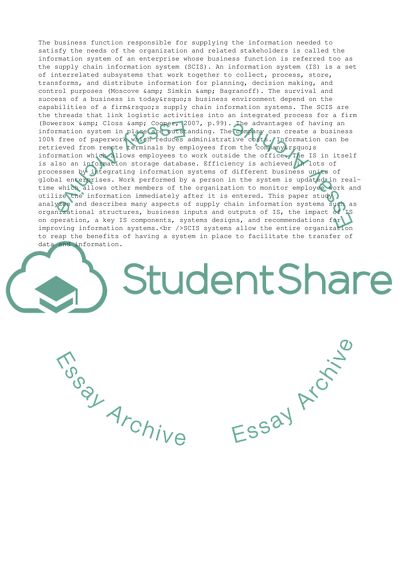Cite this document
(Executive Summary On Supply Chain Information Systems Essay, n.d.)
Executive Summary On Supply Chain Information Systems Essay. https://studentshare.org/business/1709670-supply-chain-information-systems
Executive Summary On Supply Chain Information Systems Essay. https://studentshare.org/business/1709670-supply-chain-information-systems
(Executive Summary On Supply Chain Information Systems Essay)
Executive Summary On Supply Chain Information Systems Essay. https://studentshare.org/business/1709670-supply-chain-information-systems.
Executive Summary On Supply Chain Information Systems Essay. https://studentshare.org/business/1709670-supply-chain-information-systems.
“Executive Summary On Supply Chain Information Systems Essay”. https://studentshare.org/business/1709670-supply-chain-information-systems.


